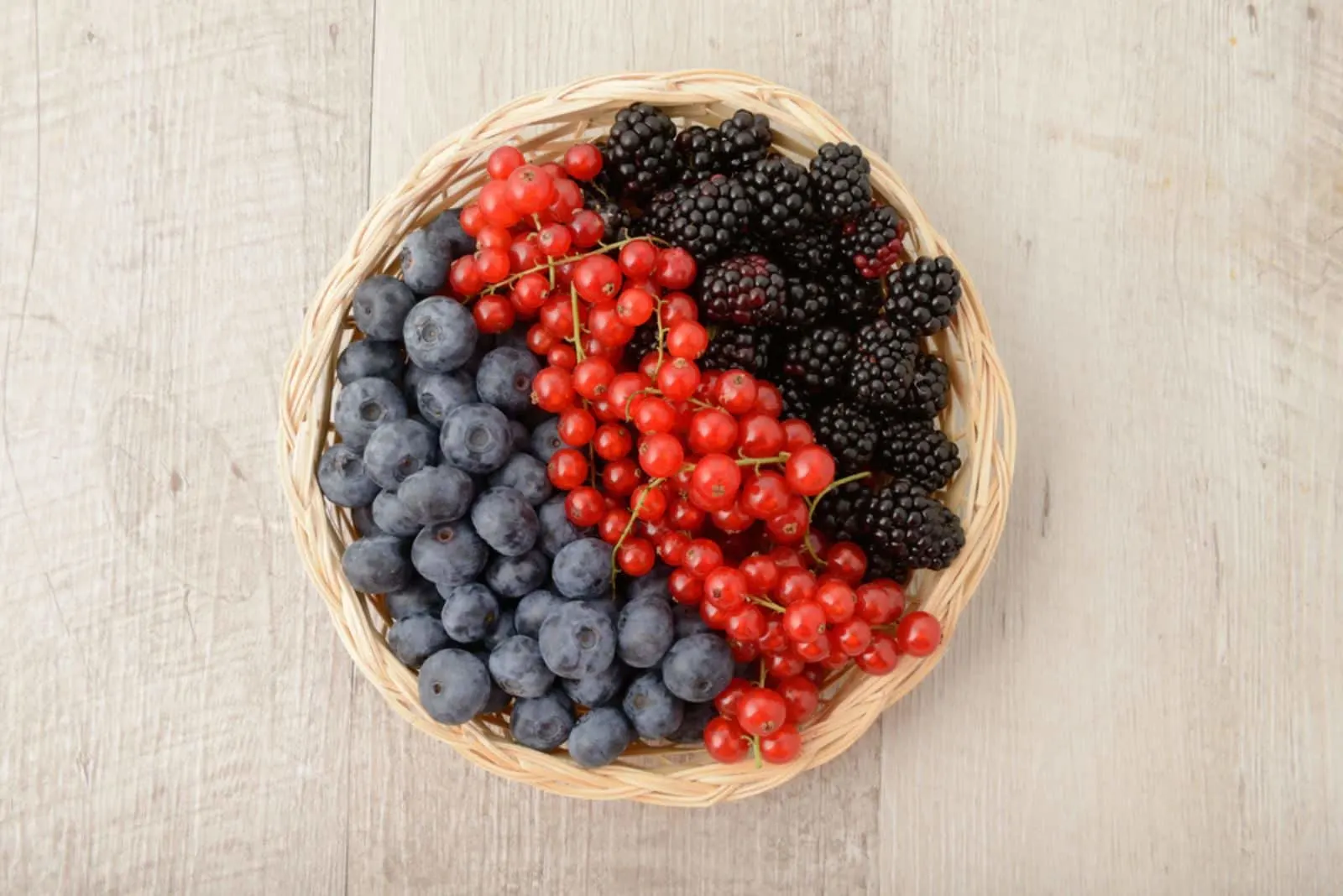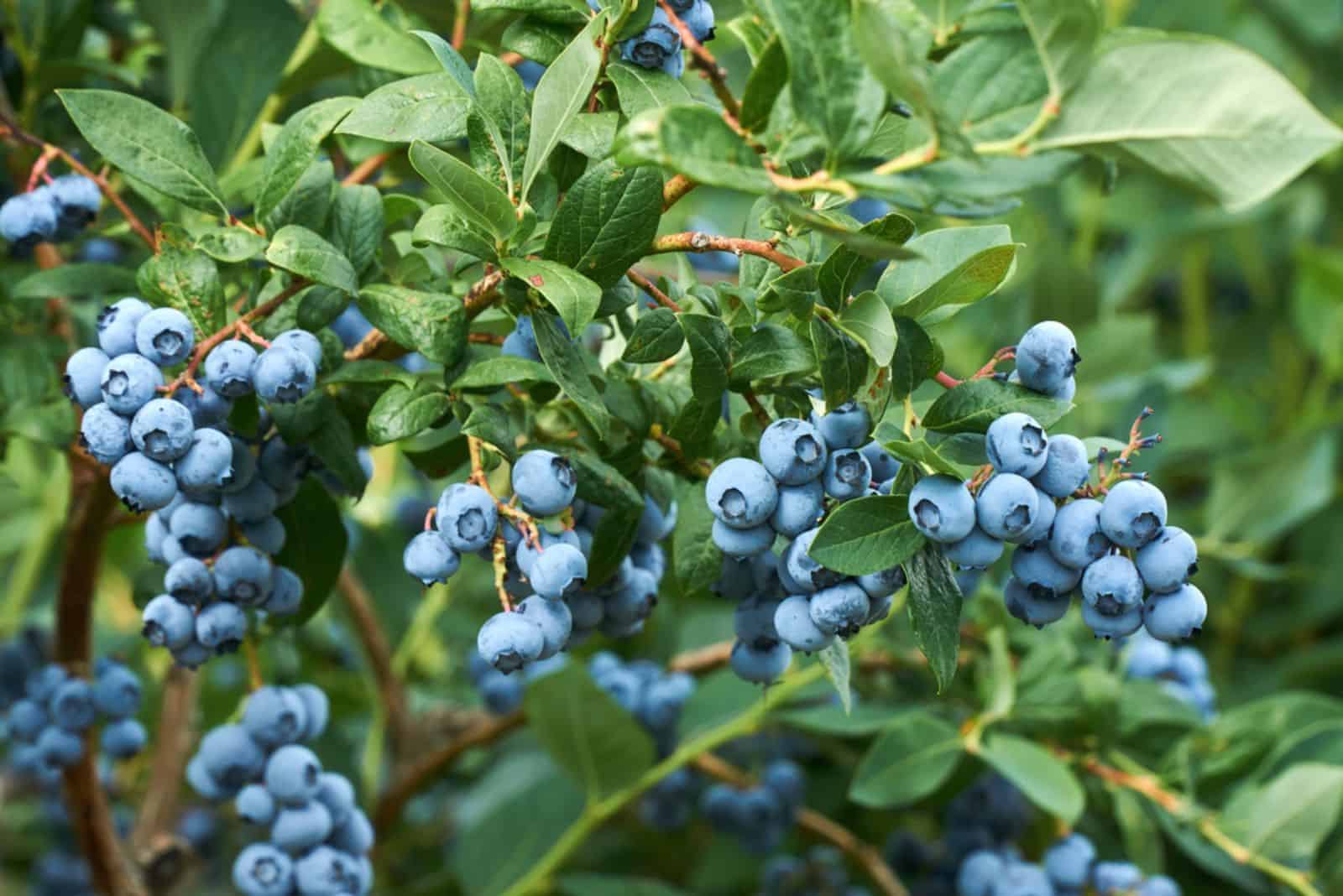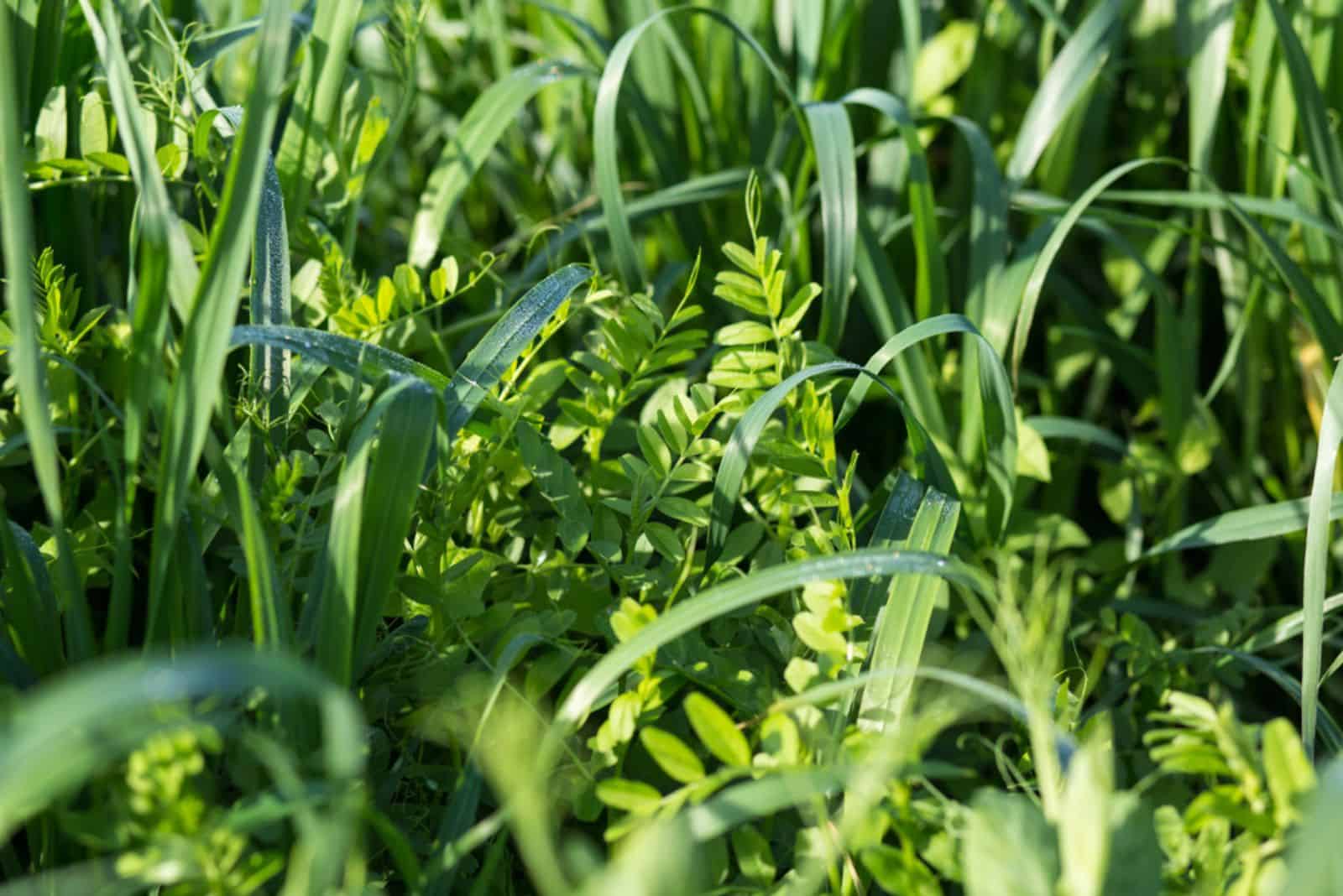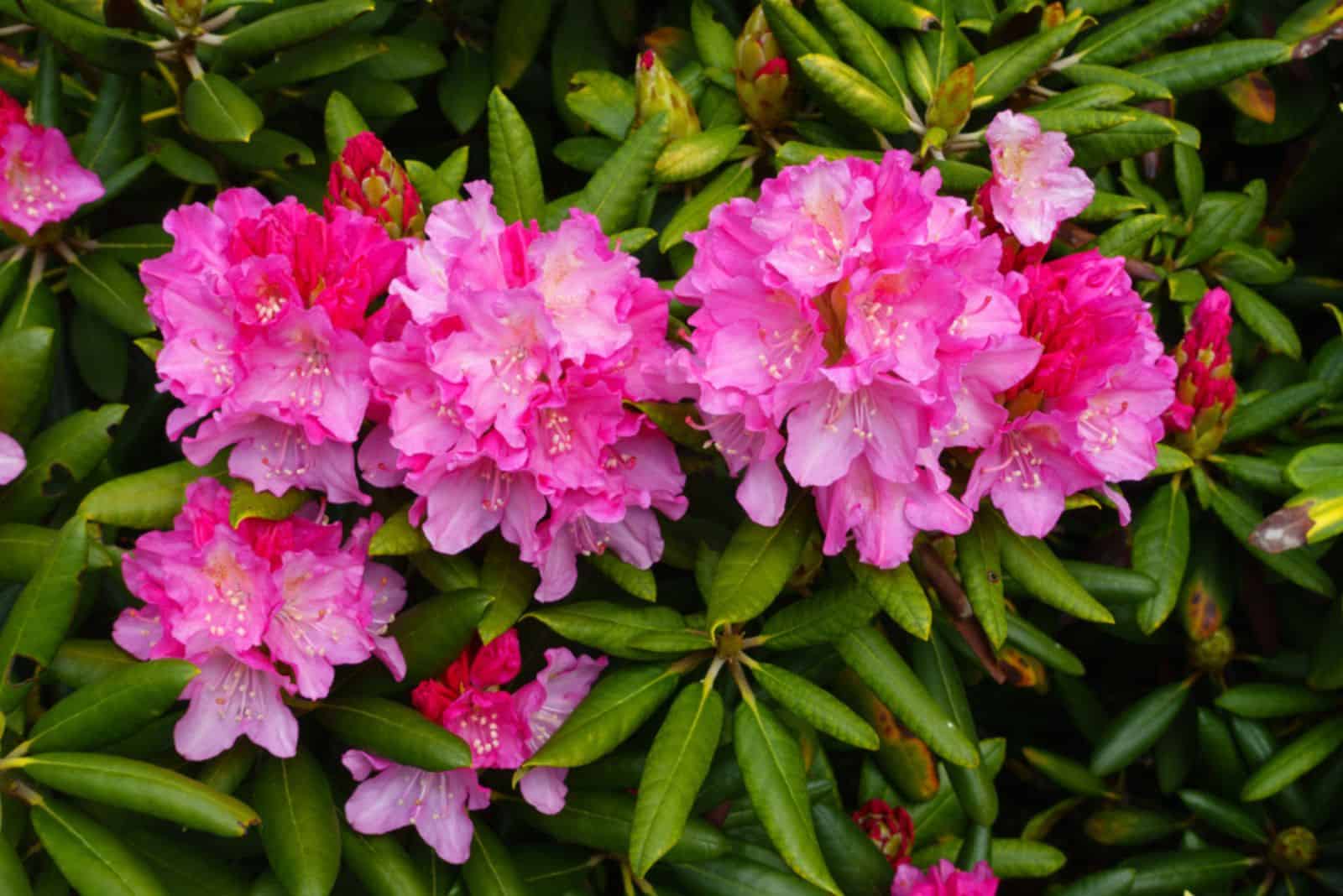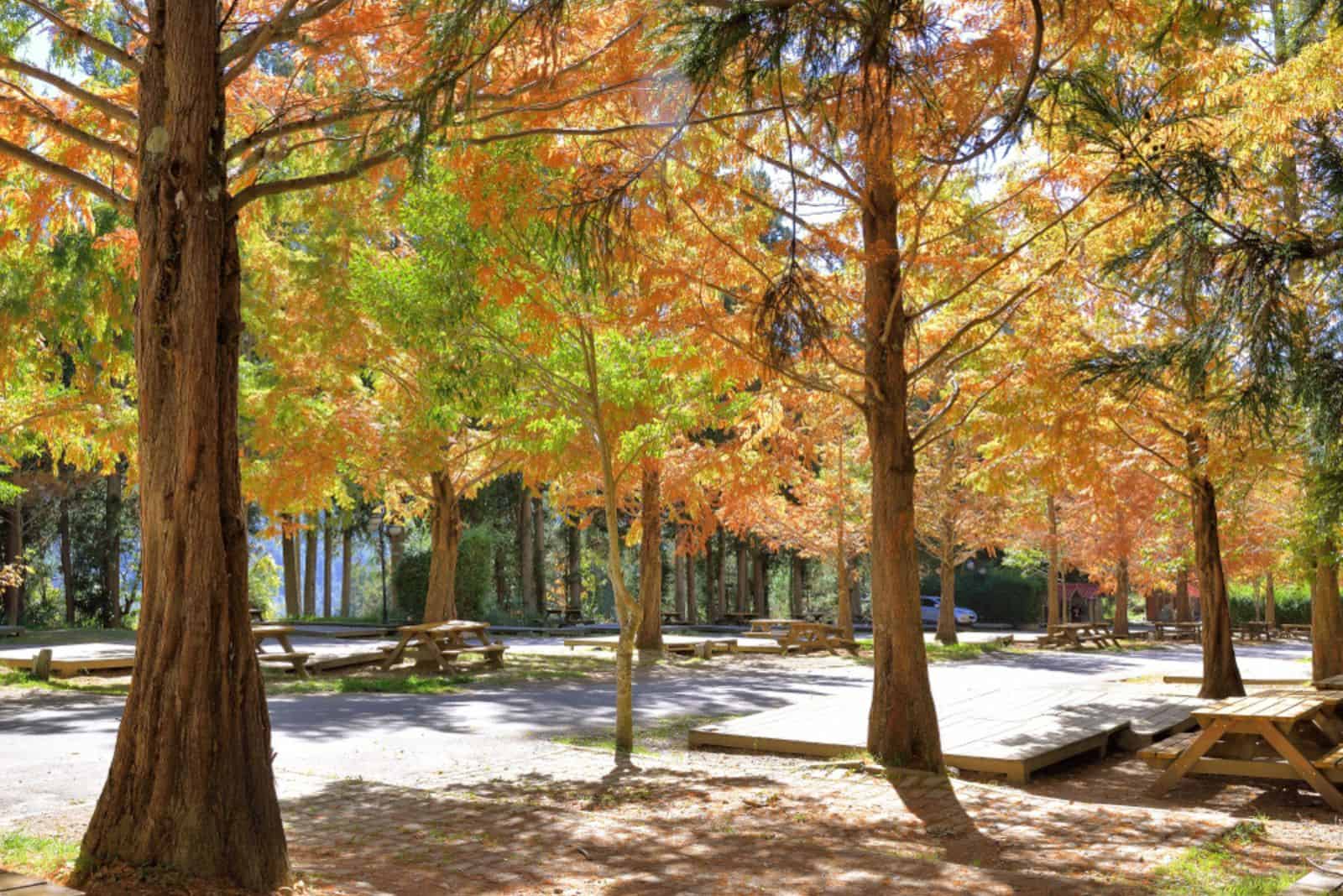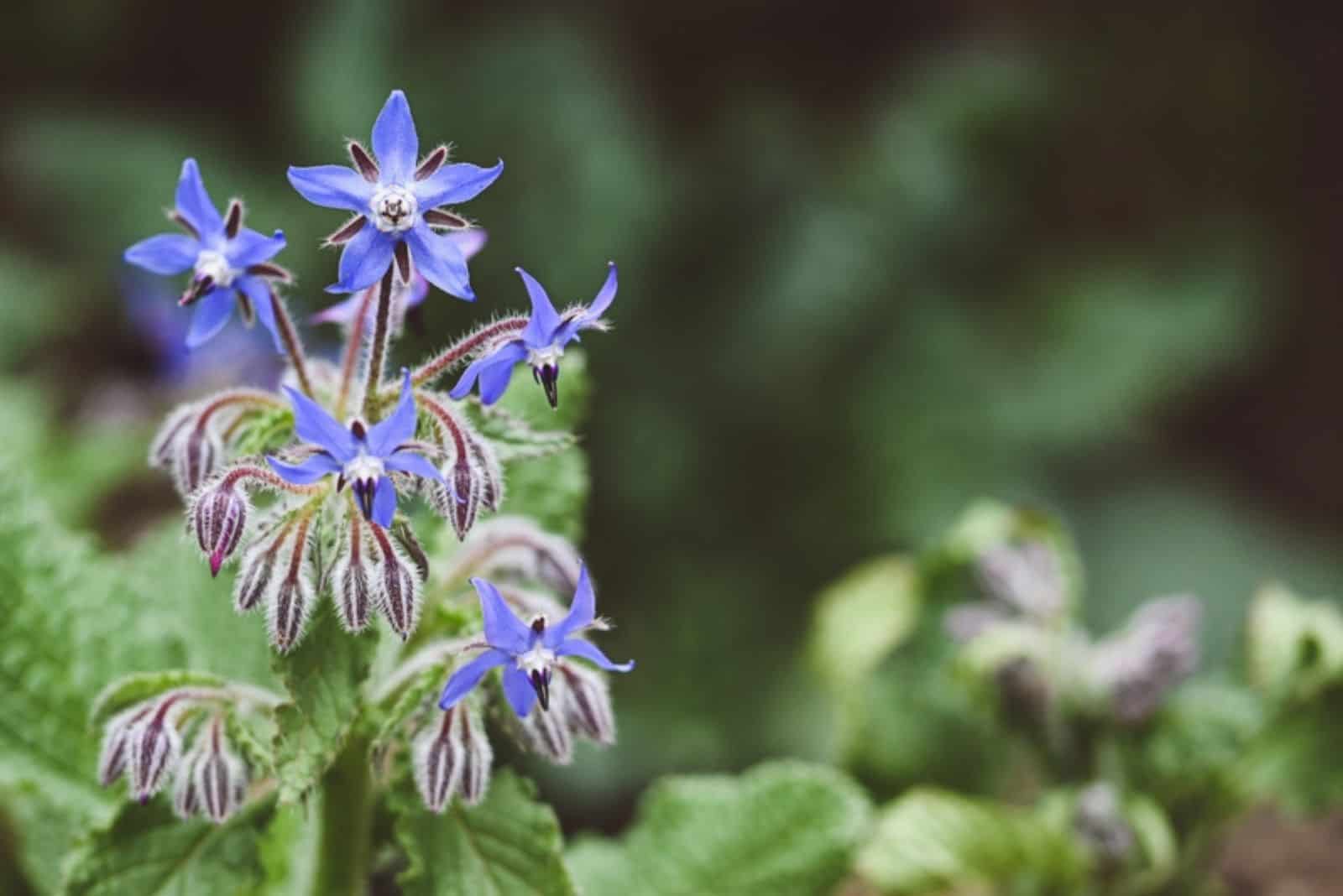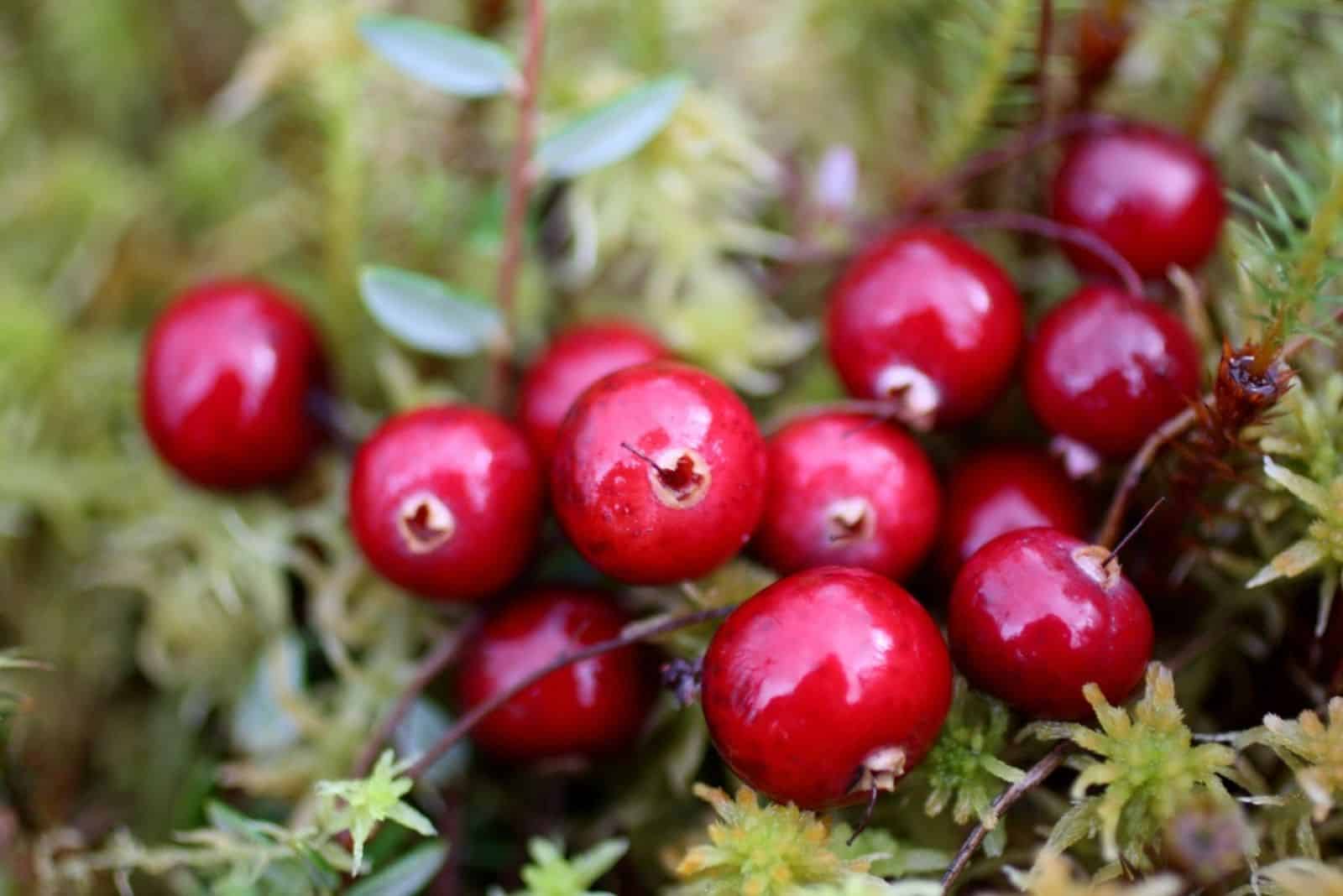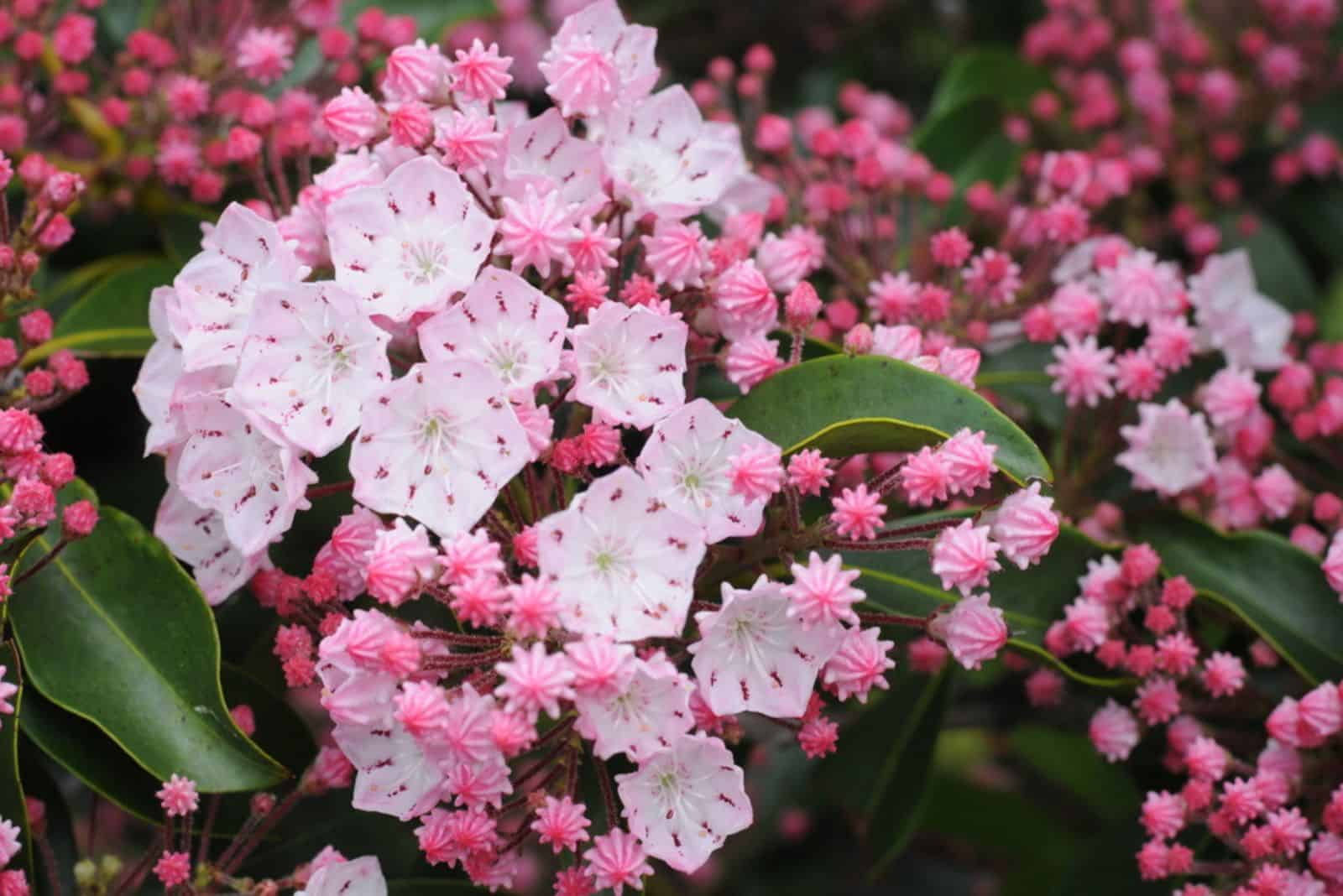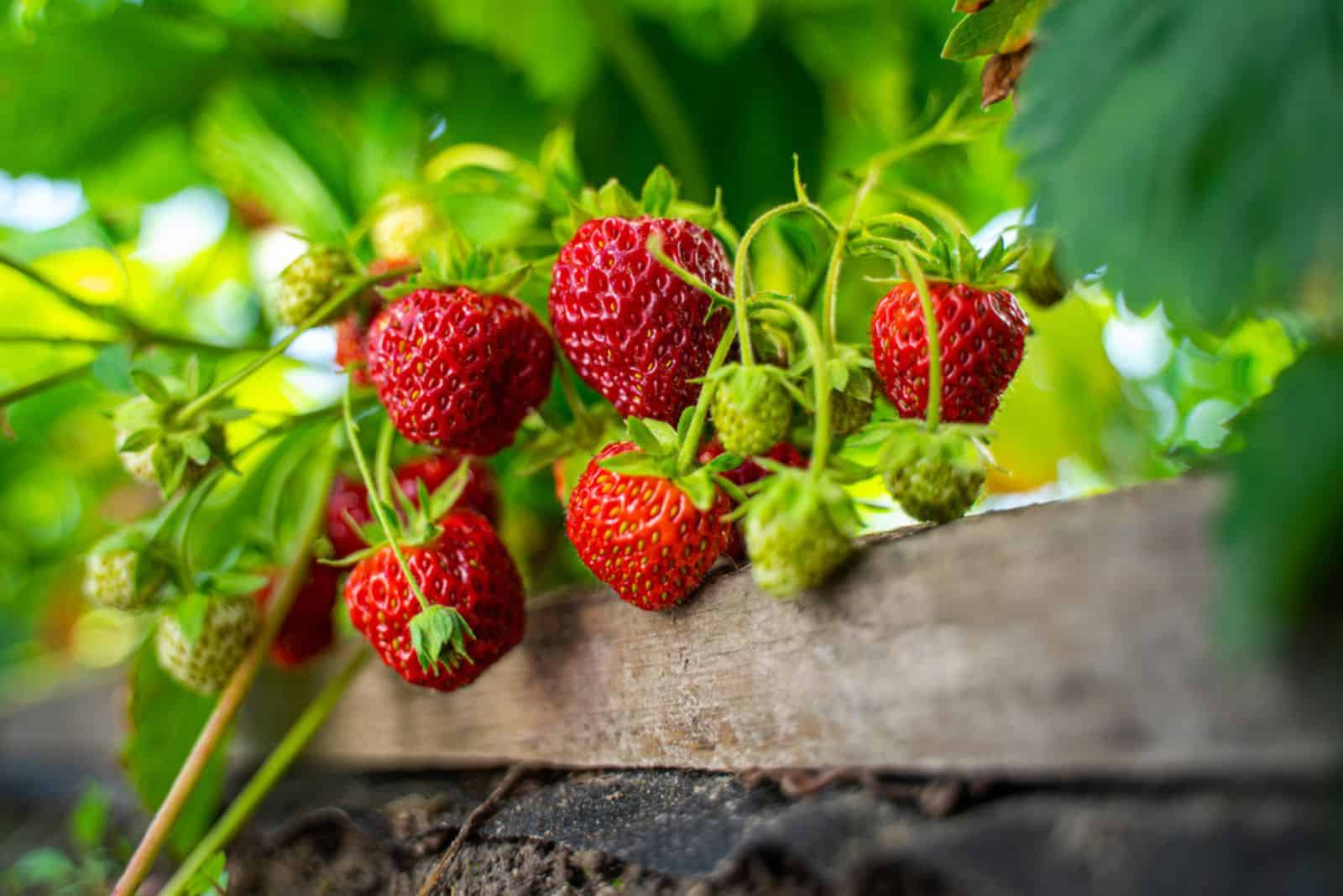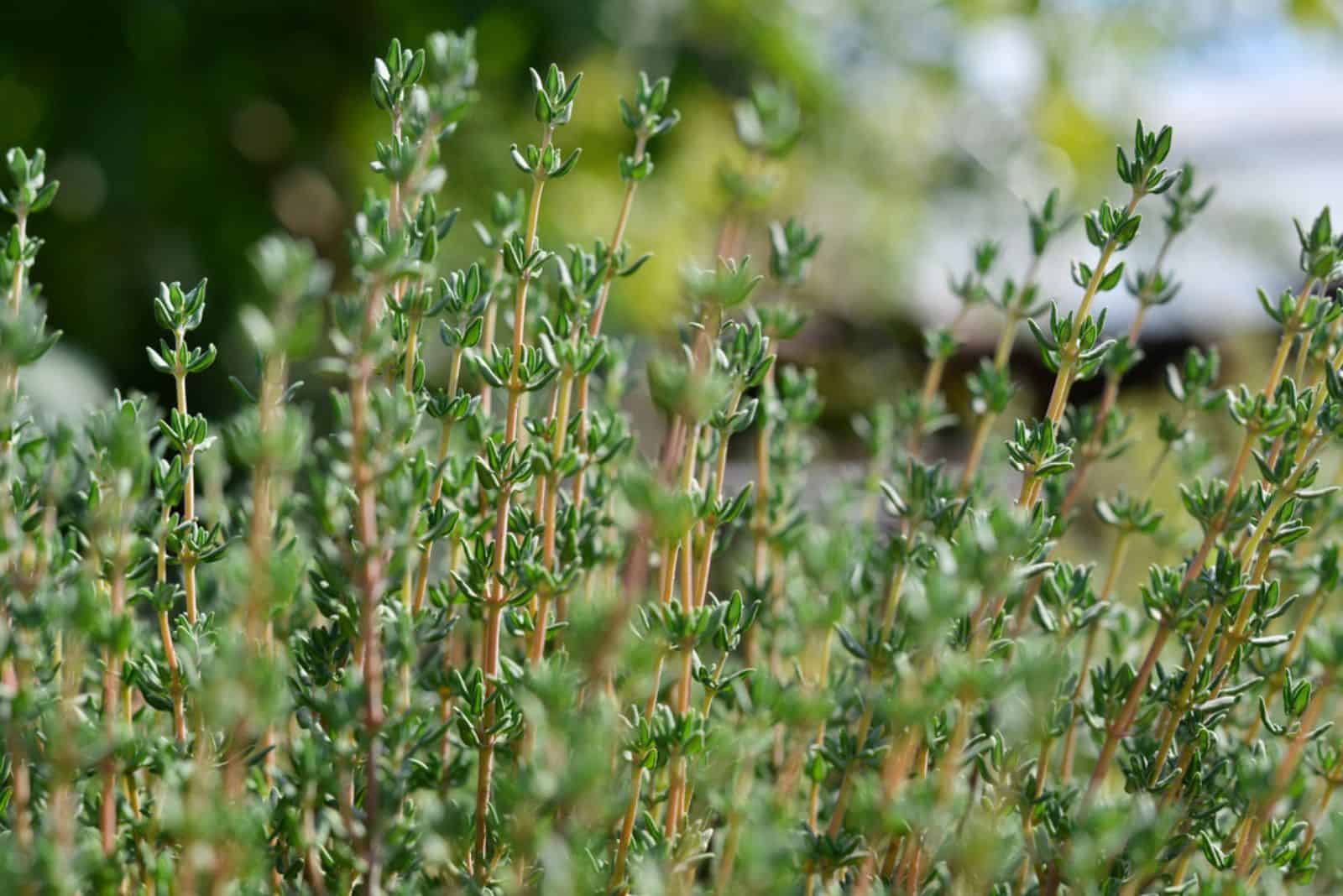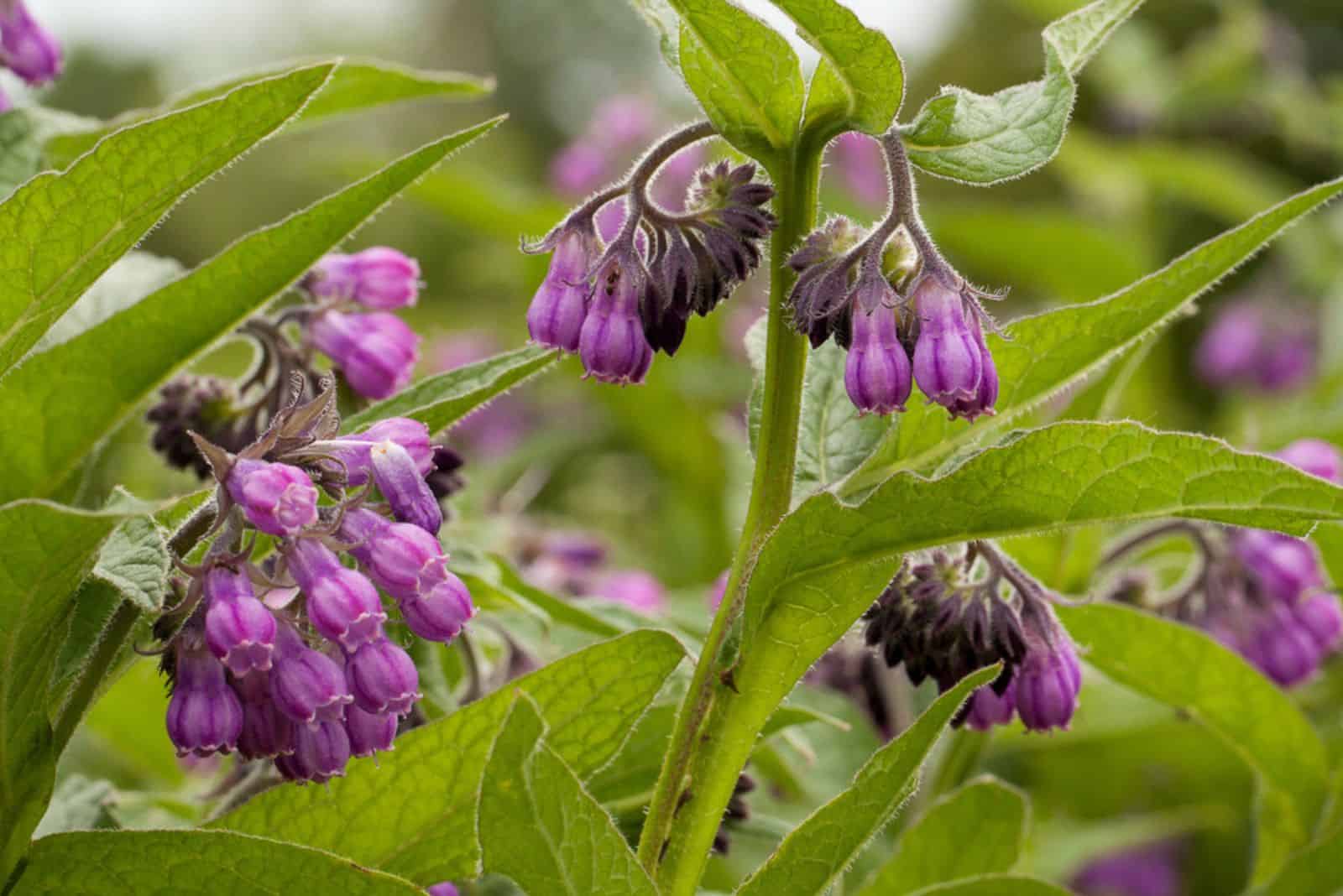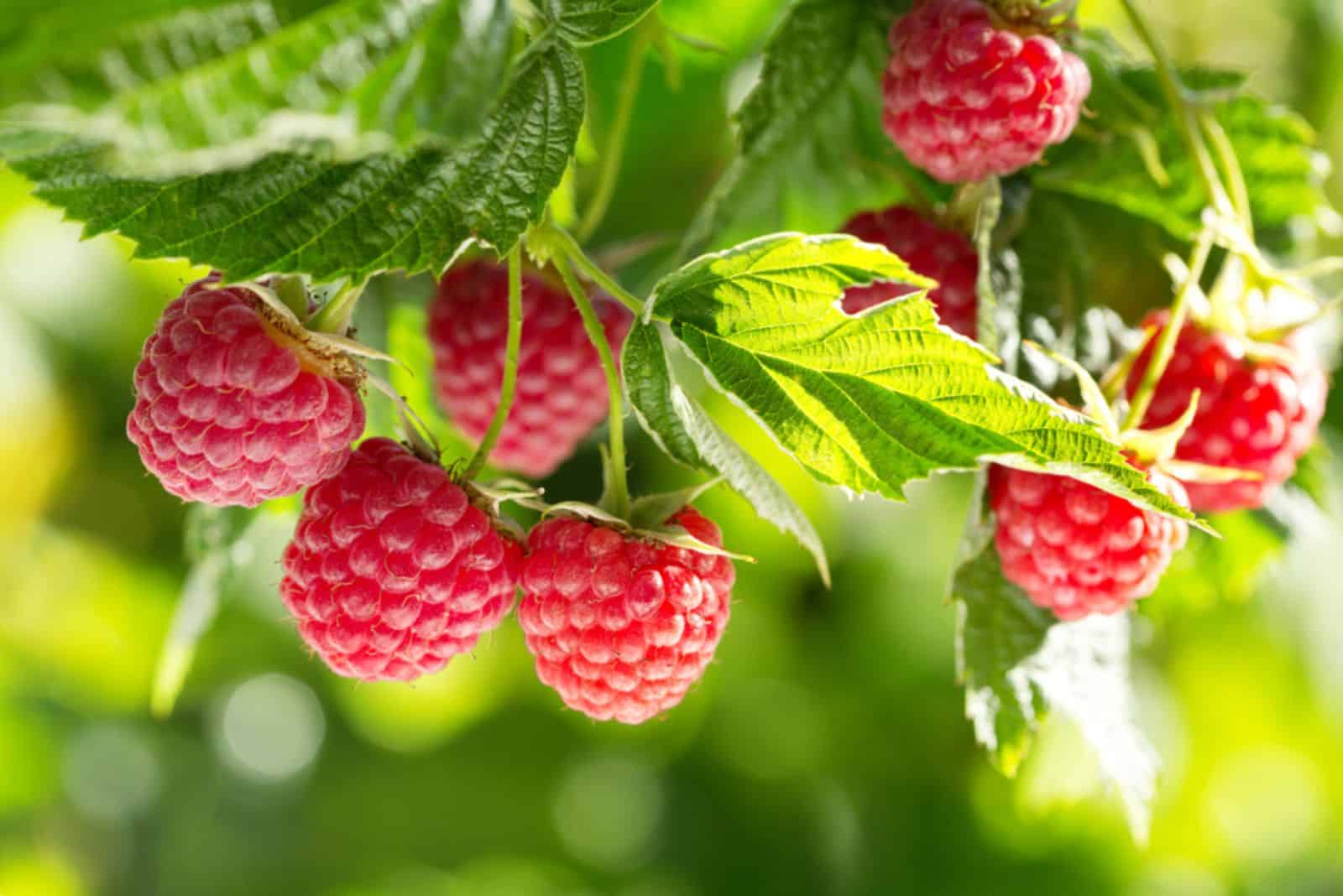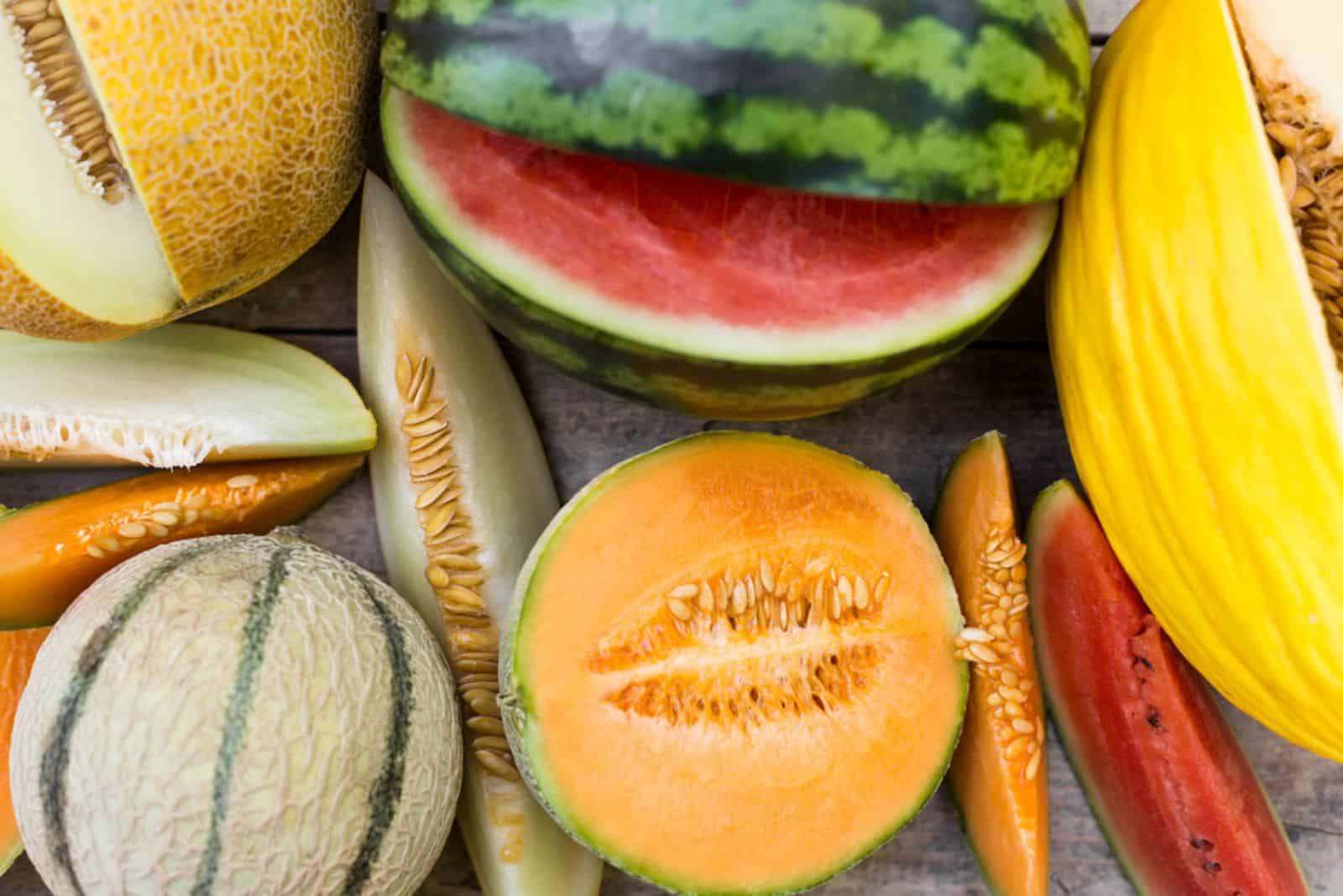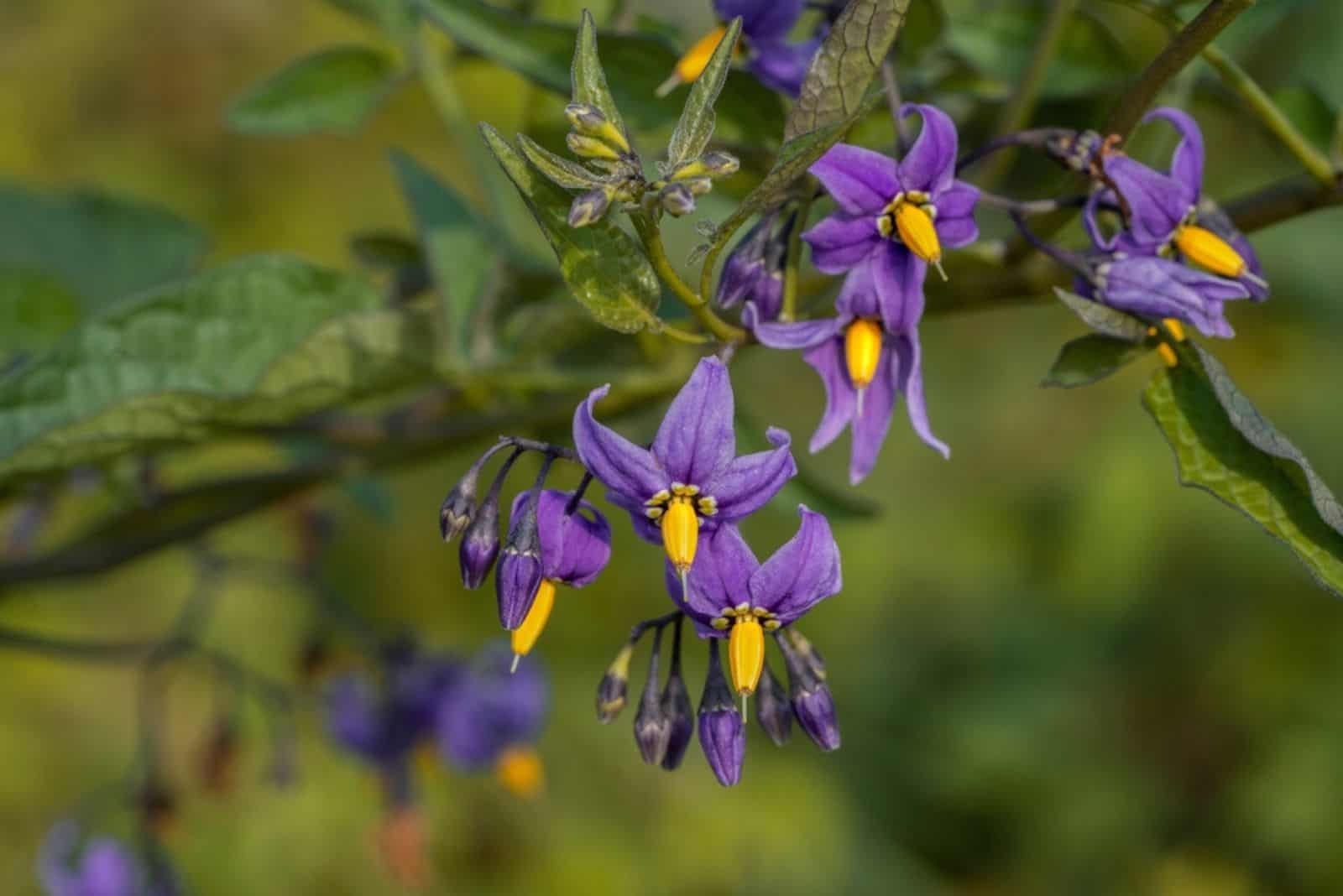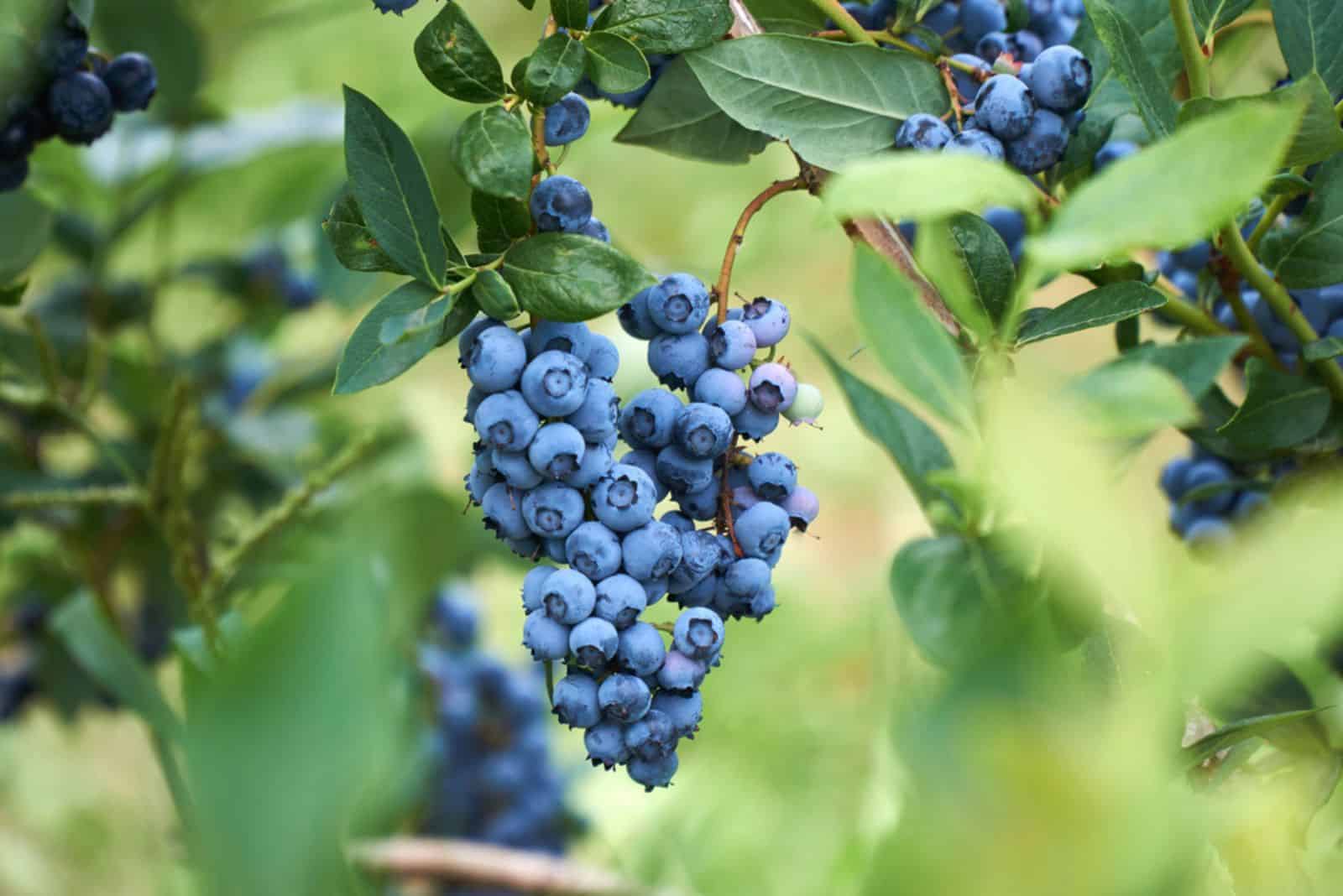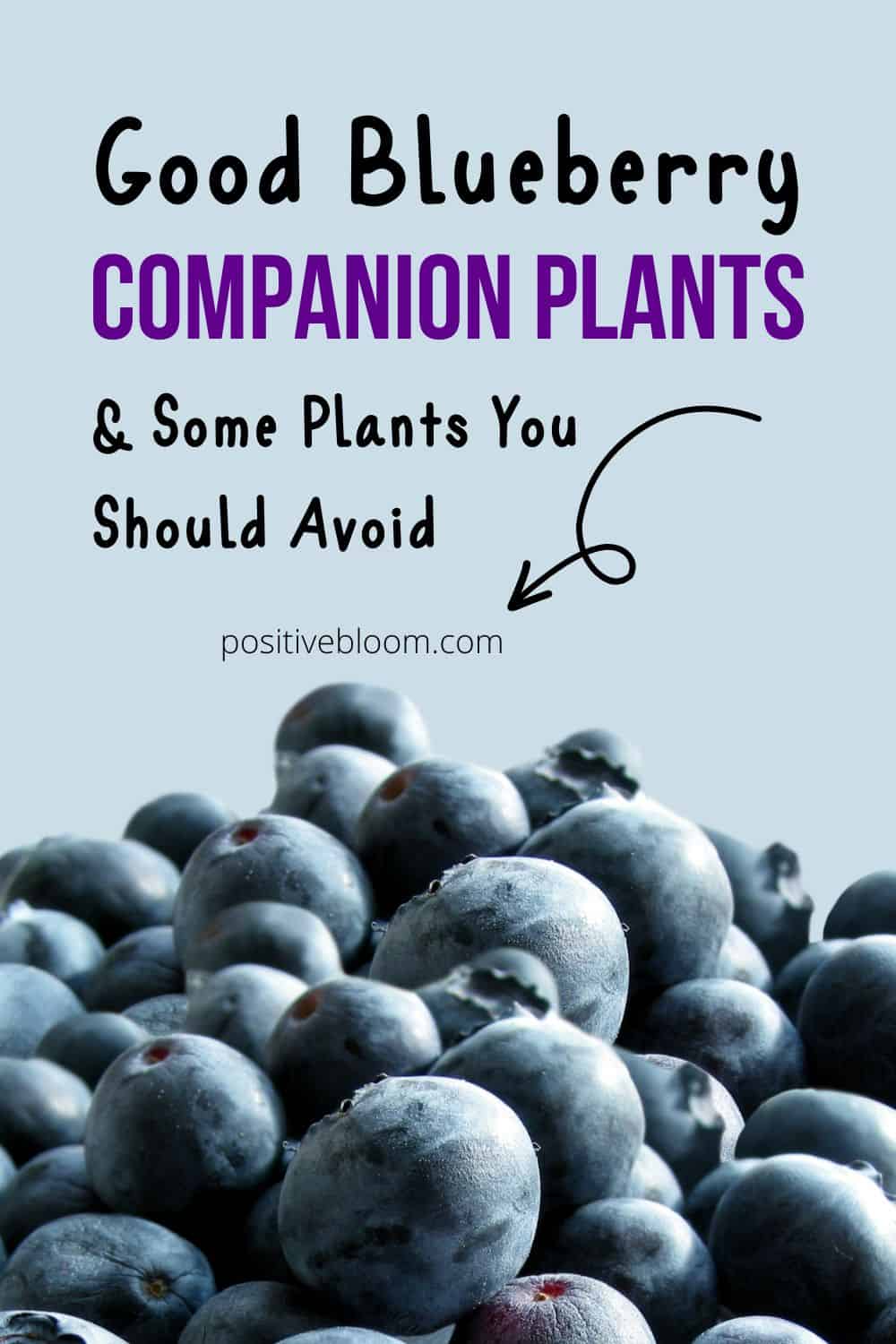I am going to let you in on a little gardening secret… Have you ever heard about companion gardening?
If not, then you have really been missing out!
But don’t worry, I am here to tell you all about it. You don’t have to let your blueberry bushes grow alone like you normally would; instead, you can try and grow blueberry companion plants that will improve growth and yield better crops.
There are numerous benefits that come from companion planting, but you have to be careful what plants to put near each other — do your research regarding companion plants and choose which plants you grow together wisely.
We are going to talk about what to plant near blueberries, so keep reading!
Benefits Of Blueberry Companion Plants
If you are new to this, then you should know that companion planting has been a traditional practice in gardening for centuries!
Nowadays, some gardeners say that growing certain plants together has no effect; however, you cannot simply grow whatever plants you want. For instance, maybe both plants need extra nitrogen for development, which means they will start to compete for it — and in the end, both plants will be leggy.
But, if you grow one plant that needs nitrogen and another that doesn’t (or it might be a nitrogen-fixating plant that releases nitrogen into the soil), then both plants will grow big and strong!
Let’s take a look at some companion gardening benefits:
• Deterring bad insects — certain insects, such as cucumber beetles, aphids, cabbage worms, carrot flies, and cabbage moths, can utterly destroy your vegetable garden. However, some plants with distinctive scents have the ability to deter these annoying bugs, thus acting as a natural pest control.
• Attracting good insects — in order to produce crops, every flowering fruit or vegetable needs to be pollinated. If you reside in a region with a low pollinator population, you might occasionally need a little assistance to draw in pollinators like ladybugs and bees.
• Improving taste and growth — beneficial companion plants like chamomile, marjoram, and summer savory, release compounds into the soil that promote the growth of nearby plants and enhance the flavor of their fruit.
• Ground cover — use ground covers to keep the soil cool and shield it from the sun. Low-lying plants such as oregano can be used as ground covers.
• Increasing the nutrient content of the soil – plants are accustomed to receiving nutrients from the soil. However, some plants emit particular nutrients and enhance the condition of the soil. Beans are one example of a nitrogen-fixing plant that releases nitrogen into the soil for use by other plants in producing lush foliage.
• Making shade — some plants have a tendency to grow very tall, which casts a shadow over plants that shouldn’t be kept in direct sunlight. For instance, zucchini and asparagus can be used for this.
Are Blueberries A Good Companion?
If you are just about to grow blueberries for the first time, then you should look at its plant care first. Blueberries thrive in acidic soil, and the soil pH should be about 4.5. Therefore, you will have to pick and choose acid-loving plants to grow nearby.
Blueberry shrubs can be grown along a hedge or in small groups of shrubs, which will look absolutely lovely in your home garden!
Although they are quite picky when it comes to soil conditions, these plants are considered to be low-maintenance. Blueberries are not picky when it comes to the climate — they can grow perfectly fine in full sun, and they can tolerate growing in cool weather.
As well as looking very aesthetically pleasing and producing delicious little berries, these shrubs are also ideal companion plants. First of all, they don’t require many nutrients to grow vigorously.
If you have been growing blueberries for several years, then you must’ve already noticed that highbush blueberry patches can attract numerous beneficial insects once they start blooming.
This is a great way to attract pollinators, especially if you live in an area with a low pollinator population.
However, in order to be able to attract pollinators, you will have to patiently wait at least five years until your blueberry bush has grown big and strong enough. To get the best out of blueberry companion planting, I would suggest you plant cover crops first.
Blueberry Companion Plants
There are plenty of reasons you should try to combine blueberries with other herbs, veggies, flowers, or fruits!
This unique shrub is versatile and can be planted next to different plant types. So, if you are more into growing decorative flowering gardens and shrubs, try to find the perfect match for the beautiful, dark, and purple color palette of these berries.
The only downside is that you will have to wait a couple of years for a blueberry shrub to grow and develop firmly. If you don’t want to wait that long, but you are eager to try companion planting, then look into Nasturtium companion planting, Liriope companion planting, Dusty Miller companion planting, and Sunflower companion planting.
Now, let’s find out what the best companion plants are for this lovely shrub.
1. Cover Crops
As we previously mentioned, cover crops will make your blueberry bush grow more vigorously!
You will get the best results if you plant cover crops before blueberries. They will improve the soil’s structure, enrich the nutrient content, maintain soil moisture, and keep its temperature cool during the hot summer days.
The best cover crops include grasses and grains. The primary reason grasses are grown as cover crops is that they are low-growing and they don’t require much nitrogen for growth. In most cases, legumes are grown as cover crops because they are nitrogen-fixating plants that improve the nitrogen content of the soil.
You can add mulch to cover crops if you want even more nitrogen and other nutrients because evaporation is reduced, and these cover crops serve as a good food and biomass source.
Clover is a good example of a cover crop that can be grown in between blueberry bushes while still allowing you to move livestock through the gaps. Manure is a free source of food for your cattle and a fantastic fertilizer for your blueberry plants.
2. Azalea (Rhododendrons)
The Azalea is a flowering plant that produces mesmerizing pink flowers. It is also considered to be one of the prettiest Chinese flowers in the world!
If your goal is to grow a pretty garden and still get some delicious fruit, then definitely consider combining Azaleas and blueberries. Both of these garden plants enjoy nice acidic soil, which is one of the reasons why they are planted together.
What’s also great is that they start blooming at the same time, so they will be able to attract even more pollinators and beneficial insects!
Azaleas can grow in both full sun and partial shade, though some growers say that they do better in the shade. However, if you plant Rhododendrons in sunnier locations, they will produce foliage that will protect the blueberry roots from the summer heat.
If you choose to grow them in partial shade, then I would suggest planting them under evergreen trees as they are also great blueberry companions!
3. Evergreen Trees
If you have evergreen trees in your backyard, then I would suggest you plant blueberry shrubs under them!
Almost any type of evergreen tree makes for a great companion plant to blueberries. They also prefer slightly acidic soil with pH levels from 5 to 6. These trees can grow very tall and provide great shade for your little shrub, especially during hot summer days.
Though they can tolerate direct sunlight, even blueberries like to cool off in summer!
The most common evergreen trees used for companion planting include:
• Dwarf Alberta Spruce
• Junipers
• Australian Pine Tree
• Bald Cypress
4. Lilacs
Lilacs are grown with blueberries for similar reasons as Azaleas. If you have a lot of space with acidic soil, then feel free to plant Lilacs all over the place!
Lilacs are also shrubs, though their primary goal is to produce as many flowers as possible, whereas blueberries’ primary goal is to produce tasty berries.
Both of these bushes start producing flowers at the same time, so you will have twice as many pollinators in your garden.
Lilacs produce purple flowers so they fit perfectly with blueberries!
They also have a beautiful fragrance and can be used as flowers for bouquets or decor. Lilacs aren’t needy and they can thrive in full sun.
If you are from Colorado, then check out our article: How To Grow Common Lilacs In Colorado: All You Need To Know.
5. Borage
Borage is a herbaceous plant that produces unique blue and purple flowers. Even though it is considered to be a wildflower, it is still worth mentioning because it is an ideal companion plant for your blueberries!
Borage flowers can attract various beneficial insects, such as wasps and bees, and their distinctive scent helps to repel the bad insects and pests that are commonly found in gardens. They also serve as a mulch for blueberries, keeping the soil cool and preventing weed growth.
However, if you don’t trim it regularly and maintain its shape, Borage might become invasive. Invest in pruning shears and cut them as soon as they start growing.
Their lovely flowers are also edible and can be used as a garnish. Recently, I saw that people are adding borage flowers to ice cubes, which looks so aesthetically pleasing!
6. Cranberries
Mixing two berries is a berry good idea!
Well, some berries can mix well, while others would rather be living on their own, but this isn’t the case with cranberries and blueberries — they complete each other!
The main reason they can be grown together is their growing conditions. Both cranberries and blueberries thrive in well-drained soil that is slightly acidic with pH levels around 5.
Plant them together with cover crops or other ornamental plants that can tolerate the acidity of the soil, and you’ll have the best berry garden ever!
7. Mountain Laurel
Mountain laurel is a small shrub that looks like a tiny tree that produces purple flowers. It fits perfectly with our little blueberry shrub, especially because the Mountain laurel produces large leaves that complement the small blueberry foliage.
Mountain laurel is a low-maintenance shrub that can grow normally in acidic soil. Therefore, if your goal is to create a monochromatic purple/blue garden, then consider combining these two shrubs.
8. Strawberries
There is an ongoing debate between gardeners about whether strawberries are good companions to blueberries. The conclusion was that both these berries can be grown together!
While blueberries prefer a pH of around 4.5, strawberries like their pH levels to be from 5.4 to 6.5. However, they seem to grow just fine in the same soil as blueberries.
They also like well-draining soil, full sun exposure, and moist soil.
What’s also interesting is that strawberries can be grown as cover crops, so you are benefiting from that as well!
Read also: Black Strawberries: Truth or Myth?
9. Thyme
Thyme is a low-growing herb that is often used as a ground cover. Thyme can act as a living mulch, preventing weeds from growing and the soil nice and moist.
However, thyme is considered to be invasive in some areas. If you prune it regularly, you can prevent it from invading the rest of your garden (or even going to your neighbor’s garden!).
Nonetheless, thyme has a distinctive smell that can keep those annoying bugs at bay, which is another reason why you should consider it as a ground cover.
10. Comfrey
Comfrey is pretty famous in companion gardening, and here is why:
• Attracts pollinators
• Grows vigorously and very fast
• Can be used as mulch
• Improves nitrogen content in the soil
• Improves soil structure
If you need more pollinators, better soil, and more nitrogen, then comfrey is the plant for you!
Of course, comfrey is a great companion to blueberries as well! Not only will it maintain the soil’s temperature and keep those shallow roots safe, but it will encourage new growth and yield better crops as well!
11. Marigolds
If you want to keep pests away from your blueberries while adding a pop of color to your garden, marigolds are the perfect choice. These vibrant flowers naturally deter nematodes, aphids, and other harmful insects that might munch on your berry bushes.
At the same time, marigolds attract pollinators like butterflies and bees, helping ensure your blueberries get the attention they need to produce fruit. Bonus: They’re super low maintenance and thrive in sunny conditions just like blueberries.
12. Lupines
Lupines don’t just look gorgeous next to your blueberry bushes—they also help enrich the soil! These flowering plants are nitrogen fixers, meaning they naturally add nitrogen back into the soil, which blueberries love.
This can lead to healthier plants and better fruit production over time. Since blueberries are heavy feeders, having lupines nearby is like giving them a built-in fertilizer system without any extra effort on your part.
Other Companion Plants
Ultimately, almost all plants that prefer growing in acidic soil can be grown next to blueberries. You can also try to grow some plants or veggies in raised beds to avoid mixing the soil, but this can sometimes be tiring as there are numerous companion plants that have similar benefits.
Other blueberry companion plants include:
• Basil
• Hydrangea
• Holly bush
• Columbine
• Heather
• Wildflowers
What Not To Plant With Blueberries
While some plants can boost each other’s growth when planted near each other, others can cause harm instead! According to the Redemption Permaculture, there are a few plants that should not be planted near blueberries.
Let’s look at some!
Raspberries
If you were considering growing two types of berries to have a berry cool garden, I would suggest you slow down with that idea because these two berries simply don’t work very well together!
Even though planting blueberries and raspberries together might sound like a good idea, these two fruits have completely different requirements.
First of all, they have different growth habits — one grows as a shrub, and the other produces vegetative canes with thorns. This would make it really difficult to harvest.
Raspberries require slightly acidic soil with pH levels from 5.5 to 6.5, while blueberries need lower pH levels of about 4.5 for proper growth and development.
In the end, you can technically grow them together, but you won’t have the best results, which is why you will have to separate your berries.
Melons
Melons thrive in well-draining, alkaline soil with pH levels from 6 to 6.8, while our little blueberry shrub thrives in soil with a pH of 4.5. Therefore, these plants don’t combine very well.
I don’t suggest planting any melon varieties near your blueberry bushes. These include watermelons, cantaloupes, and honeydew. Please note that you can grow them near Nasturtiums to yield better crops.
Nightshades
Plants that require alkaline or neutral soil don’t combine very well with blueberries. They won’t be able to grow in acid soil, so you will end up with no crops!
Even if the situation is reversed, you won’t get any berries if you keep your shrub in alkaline soil either.
Nightshades include eggplants, tomatoes, potatoes, peppers, and so on — basically all veggies that comprise a good vegetable garden!
We don’t usually put a shrub in the middle of veggies, but in this case it definitely must be avoided!
Brassicas
The Brassicas aren’t fans of this little shrub either. These veggies are already delicate and hard to grow, so if you mess with their regular plant care (such as growing them in acid soil), it can definitely disrupt their development.
Brassicas include kale, broccoli, Brussel sprouts, cauliflower, cabbage, and so on (there are numerous varieties!).
Although blueberries might not be a great companion candidate, yarrow, on the other hand, is a great companion plant for Brassica veggies.
Other Plants
Almost no alkaline-loving plants should be planted close to blueberries. If your blueberry bush is thriving, then the soil in that area is definitely acidic!
Therefore, plants that love alkaline to neutral soil should be planted somewhere else. These include radishes, dill, beets, herbs like oregano or marjoram, peas, and so on.
Brief Blueberry Care Guide
Blueberries are overall quite easy to grow. They take their sweet time, and you might expect to have an established blueberry shrub five years after planting. The most common ones are highbush blueberry shrubs, and they can grow in USDA zones 4 to 7.
Lowbush blueberries and highbush blueberries are the two varieties of these plants. The blueberries you find in supermarkets are highbush planted for commercial purposes.
On the other hand, lowbush blueberries are typically grown on farms. These plants are primarily cultivated natively in North American wild meadows.
Andean blueberries, often known as wild berries, are widely available, particularly in Australia. The climate where you reside will determine whether you can grow blueberries in your garden. Lowbush varieties usually grow in USDA zones 3 to 6.
Luckily, these ones have similar requirements!
Soil Requirements
I think we were pretty clear about the soil, but let’s look into it one more time. These plants thrive in peat moss-based soil. Your plant won’t become dehydrated because peat moss-based soil retains a sufficient amount of moisture.
In order to avoid overwatering, it will also guarantee a good drainage level.
Add sphagnum peat moss if you prefer to first cultivate the plant in a pot.
Acidity Levels
The growth of blueberries is significantly influenced by the soil’s acidity. The ideal pH range for blueberry plant soil is between 4 and 5.
You can use a pH test tool, which is sold in supermarkets, if you are unsure of the pH level in your garden.
If the pH level is outside the recommended range, sulfur pellets can be used.
It’s an organic element, so don’t be concerned because it is completely harmless.
You can continue using peat moss if you choose not to add sulfur pellets.
Mulch Type
We already mentioned that some companions can be used as mulch, so you can conclude that mulching is very important. For blueberry plants, the ideal mulch would consist of:
• Pine twigs
• Woodchips
• Shavings from a tree
• Fall leaves shredded
Mulch blueberries with these components, going about 3 inches deep.
Mulch can help with weed control, health enhancement, fertility enhancement, and moisture retention.
Before planting, add mulch to the bare soil or the area around the existing plants.
Light Requirements
Blueberries love the light, so be sure to plant them where they will receive the most sun in your garden.
Find a sunny spot in your garden, and watch the blueberries shine!
Don’t worry if you don’t have a very sunny garden, these plants can easily grow in partial shade as well.
Water Requirements
Pay close attention to watering when cultivating blueberries, especially during the first two years.
When they are in the fruiting stage, blueberries require frequent watering. Keeping the soil moist will make them grow and thrive.
Blueberries need to be watered daily. A drip system could be installed to prevent dehydration and make your job a bit easier. Make sure everything works properly!
Pruning
Trimming blueberry plants during their early growth stages is not recommended. During the winter, remove the aging stems and leave the younger or more mature ones.
If blueberries are cultivated as fruit vines, this strategy will maintain production. When you first plant them, pay attention to the mulch to see if it needs to be replaced.
Leaf drop is a sign of insufficient mulch. Use soybean meal to supply nitrogen in this situation.
Protection
Blueberries frequently attract birds because of their lovely appearance and tasty flavor.
To keep scavengers away from your blueberries, try installing a net. During the growth or harvesting season, cover the blueberries. 140 quarts of highbush blueberry plants can be covered by a netted gazebo, which will function effectively.
Strong nylon should be used in the net to keep birds away.
Frequently Asked Questions
1. Do blueberries and strawberries grow well together?
Yes, blueberries and strawberries grow well together. Even though strawberries like slightly acidic soil, they can grow perfectly normally in the same soil as blueberries.
Strawberries can also be used as cover crops, which ensures that blueberries grow and thrive during the growing season!
2. What should I not plant with blueberries?
Blueberries love acid soil, and there are numerous plants that don’t. Therefore, you should avoid planting alkaline-loving plants with blueberries. Some of these include nightshades (tomatoes, potatoes, eggplants), Brassicas (cabbage, Brussel sprouts, cauliflower), radishes, herbs (oregano and marjoram), melons, and so on.
To Sum Up
If you have an empty space in your garden and you absolutely love the sweet taste of blueberries, then I would suggest you try growing some of your own!
Not only will this lovely shrub decorate your garden and give you delicious berries, but it will also improve the growth of plants nearby. Blueberry is a great companion plant to plants that love growing in acidic soil.
They are especially good at attracting pollinators, specifically when combined with other flowering plants or shrubs like Lilacs or Azaleas.
What cannot be found on the list of good blueberry companion plants are those that prefer alkaline soil. Luckily, there are other plants that are great companions to alkaline-loving plants as well!
So, try your luck with companion planting and enjoy your fresh berries (make some blueberry pie with them!).
Until next time!
Like this post? Share or pin it for later!

